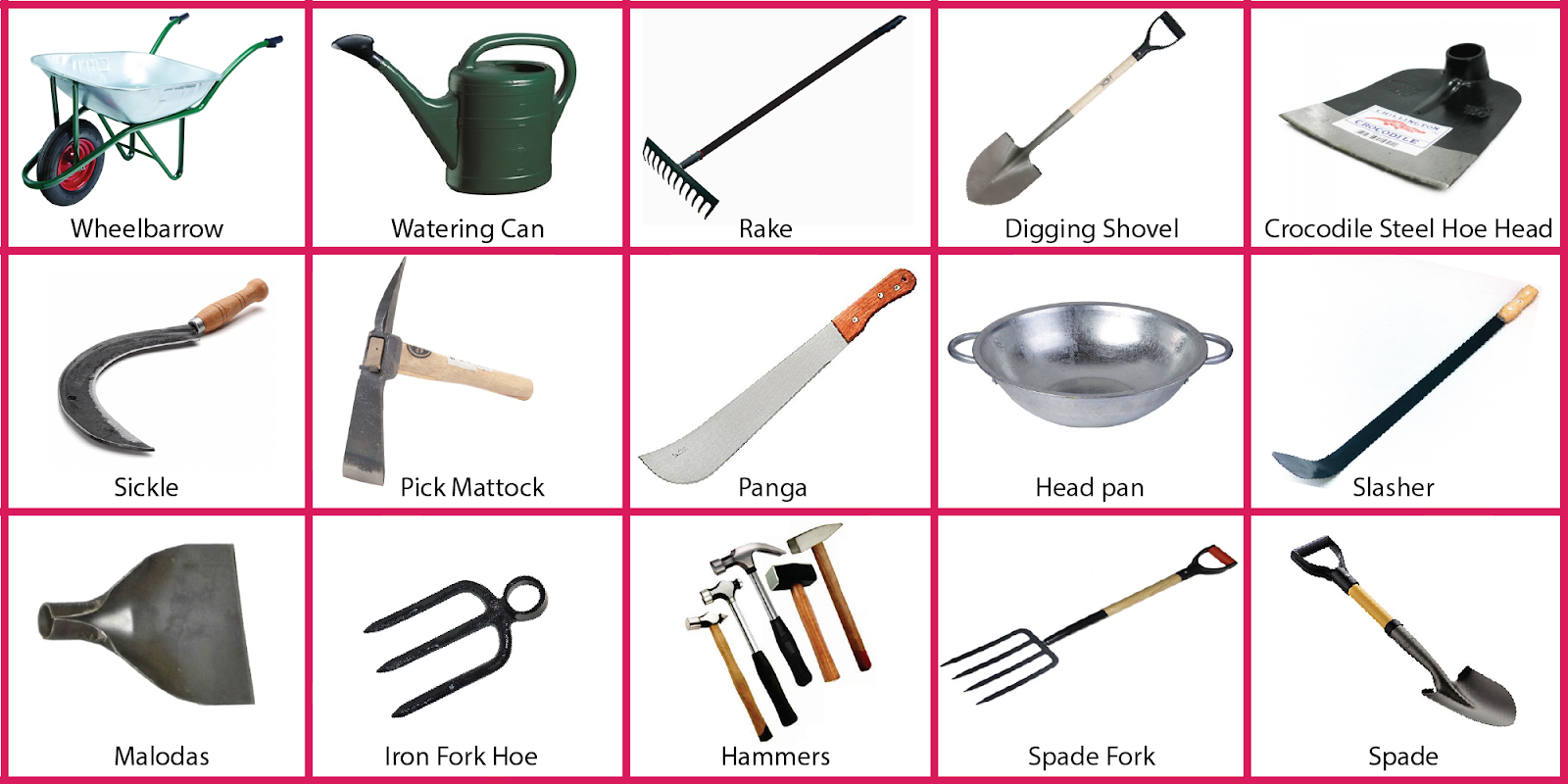Agriculture has been the backbone of human civilization for centuries, enabling societies to thrive and develop. As farming practices evolve, so do the tools that assist farmers in their daily tasks. Understanding the various agriculture tools names is crucial for anyone involved in this field, whether they are seasoned professionals or newcomers aiming to make their mark. In this comprehensive guide, we will explore the essential tools used in agriculture, providing insights into their purposes, benefits, and why they are indispensable for modern farming.
The importance of agriculture tools cannot be overstated; they enhance productivity, ensure efficiency, and ultimately contribute to higher crop yields. From simple hand tools to advanced machinery, each tool has its own unique role in the agricultural process. Familiarizing yourself with agriculture tools names will empower you to make informed decisions when choosing the right equipment for your farming needs. Whether you are planting, cultivating, or harvesting, the right tools can make all the difference.
In this article, we will delve into various agriculture tools names, categorizing them into hand tools, machinery, and equipment. Additionally, we will answer common questions regarding their uses and importance in modern agriculture. By the end of this article, you will have a comprehensive understanding of the essential tools that every farmer should know, giving you a solid foundation in agricultural practices.
What Are Some Common Hand Tools in Agriculture?
Hand tools have been used in agriculture for thousands of years. These tools are often lightweight, easy to use, and can be operated without the need for electricity or heavy machinery. Below are some common hand tools in agriculture:
- Shovel: Used for digging, lifting, and moving bulk materials.
- Hoe: Primarily used for cultivating soil and removing weeds.
- Rake: Helps in gathering debris, leveling soil, and preparing seedbeds.
- Hand Trowel: Ideal for planting, transplanting, and digging small holes.
- Pruning Shears: Used for trimming and shaping plants and trees.
Which Machinery is Essential for Large-Scale Farming?
For large-scale farming operations, machinery becomes essential to manage vast fields efficiently. Here are some key pieces of machinery that are crucial in agriculture:
- Tractor: A versatile machine used for plowing, tilling, and transporting materials.
- Combine Harvester: Designed to efficiently harvest grain crops.
- Plow: Used to turn and break up soil in preparation for planting.
- Seeder: A machine that sows seeds at the correct depth and spacing.
- Sprayer: Used for applying pesticides and fertilizers over large areas.
How Do Modern Tools Impact Crop Production?
Modern agriculture tools have revolutionized crop production, allowing farmers to achieve higher yields with less labor. Here are some ways in which modern tools impact crop production:
- Increased Efficiency: Machinery speeds up processes that would take much longer with hand tools.
- Precision: Tools like seeders and sprayers ensure that inputs are applied accurately, reducing waste.
- Labor Reduction: Automation reduces the need for manual labor, allowing farmers to focus on management tasks.
- Enhanced Soil Management: Modern tillage equipment improves soil structure and health, leading to better crop growth.
What Are the Benefits of Using Specialized Tools in Agriculture?
Using specialized tools tailored for specific tasks in agriculture can yield several key benefits:
- Increased Productivity: Specialized tools are designed for specific tasks, making them more effective than general-purpose tools.
- Better Crop Quality: Tools that focus on precision can lead to healthier plants and higher-quality produce.
- Reduced Environmental Impact: Using the right tools can minimize chemical runoff and soil erosion.
- Cost Savings: Investing in specialized tools can lead to long-term savings by increasing efficiency and reducing waste.
What Safety Measures Should Be Taken When Using Agriculture Tools?
Safety is paramount when working with agriculture tools. Here are some essential safety measures to consider:
- Wear Protective Gear: Always wear gloves, goggles, and sturdy footwear when operating tools.
- Follow Operating Instructions: Read and understand the manuals before using any machinery.
- Inspect Tools Regularly: Check tools for wear and tear, and replace parts as necessary.
- Keep Work Area Clean: Maintain a tidy workspace to prevent accidents and injuries.
How Can Farmers Choose the Right Tools for Their Needs?
Choosing the right agriculture tools depends on various factors. Here are some tips for farmers:
- Assess Your Needs: Determine the specific tasks you need to accomplish.
- Consider Your Budget: Evaluate the cost of tools and machinery relative to your budget.
- Research Brands and Models: Look for reliable brands and read reviews from other farmers.
- Ask for Recommendations: Consult with experienced farmers for their insights on effective tools.
What Innovations Are Shaping the Future of Agriculture Tools?
Innovation is at the forefront of agricultural development. Here are some recent trends shaping the future of agriculture tools:
- Smart Technology: Tools equipped with sensors and GPS technology for precision farming.
- Robotics: Automated machines that can perform tasks such as planting and harvesting.
- Eco-Friendly Tools: Tools designed to minimize environmental impact and promote sustainable practices.
- Data Analytics: Tools that collect data to inform farmers about soil health and crop performance.
In conclusion, understanding agriculture tools names and their respective functions is essential for anyone involved in farming. Whether you are a hobbyist gardener or a large-scale agricultural producer, having the right tools can significantly impact your productivity and efficiency. From hand tools to advanced machinery, each tool plays a vital role in the agricultural process. As technology continues to advance, the future of agriculture tools looks promising, offering exciting opportunities for farmers to enhance their practices and yield better results.



